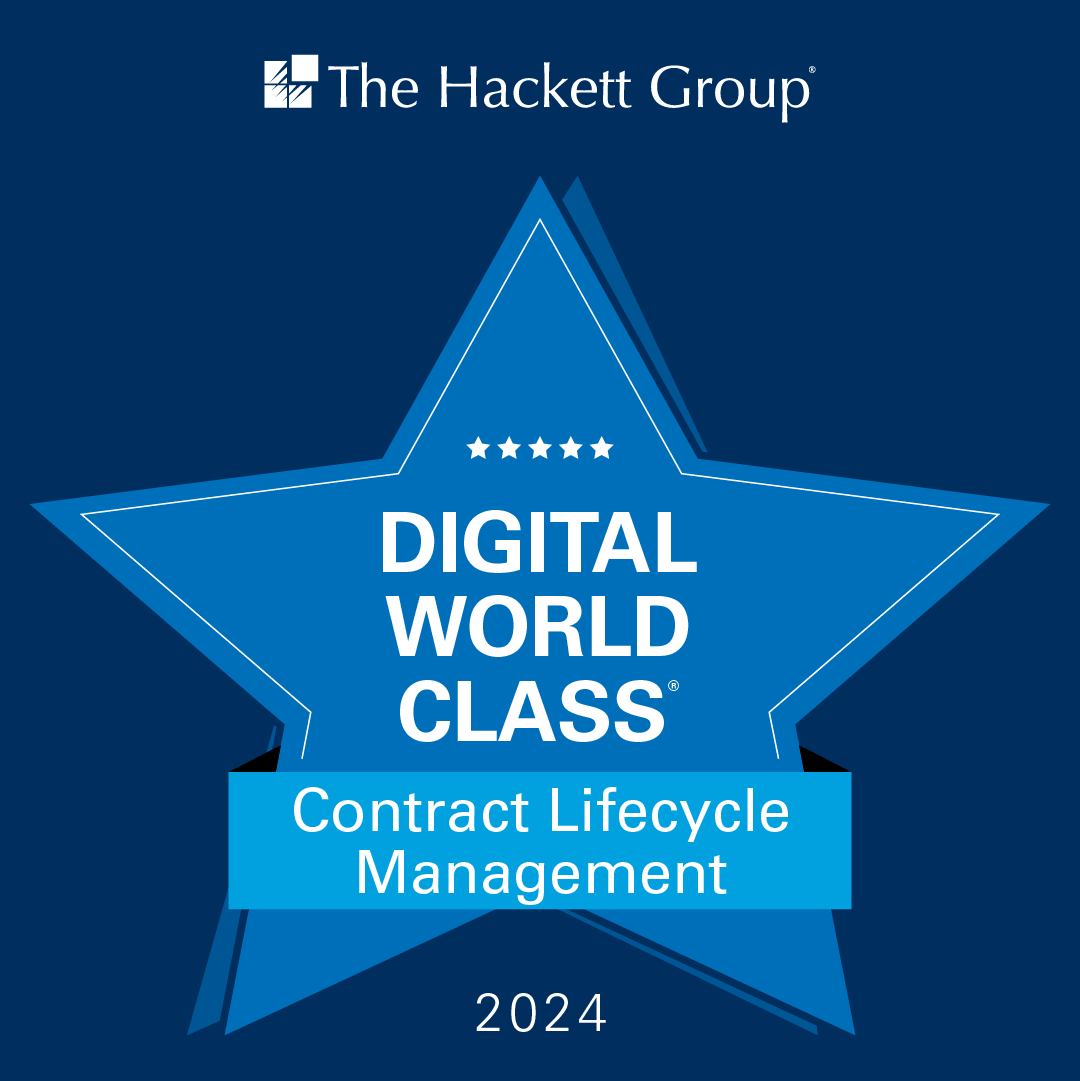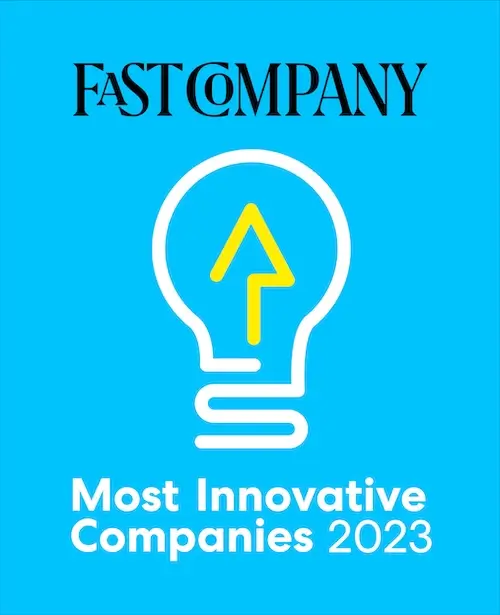Selecting a contract management system (CMS) for your business — for the present and foreseeable future — is neither a task that should be taken lightly nor completed in haste. After all, legal digital transformation — and its stages —is occurring in legal departments and companies like never before.
In 2020, a Gartner research report revealed that legal technology budgets will increase threefold by 2025. Accordingly, automation will support more than half of the legal tasks in corporate legal and law firms in the next few years. But companies that do not investigate their end-user needs and document their business requirements will not reap all of the positive results. It will only see about 30 percent of the benefits of a CMS, according to Gartner.
If you already completed your legal tech market research, evaluated various vendors, and defined your technological needs, you are more likely to realize better ROI from a contract lifecycle management (CLM) solution, in particular. If not, you may wish to read our blog series or recent white paper, written by Richa Kaul, ContractPodAi’s Chief Strategy Officer. Our Contract Management Readiness Scorecard is a good resource, too.
Beyond those, we have identified the stages of legal digital transformation that can be reached over time with an end-to-end CLM solution. Here are the four common ones, which can be mapped by the ease of implementation against value or ROI to customers.
2. Contract Digitization (All contracts in a single digital repository)
At this first stage in your legal digital transformation journey, you and your legal team can scan your ‘backfile of existing physical contracts. This is before converting them into a digital format. They can then be processed along with other agreements that are “born digital.”
This means processing your text, both computerized and manually written, with the help of optical character recognition (OCR) and intelligent character recognition (ICR) technology. Once these files, along with their metadata, are captured, you can add them to a CLM system’s single digital repository. Naturally, indexing them for discoverability is key at this earlier stage.
2. Contract Management Automation
As Gartner points out, there are many legal functions that have been automated by intelligent contract management solutions, as part of legal’s digital transformation journey. With such systems, contract authors can find and apply template content to agreements based on authorized terms and conditions. They can automate approvals for certain terms and conditions, or pricing.
For contract managers, paralegals, and administrators, in particular, the system can review standard contract terms due to its machine learning-based training. For any non-standard terms or complex issues, it can call on its human counterparts to decide the best course of action. Consider this the end-to-end operational support for your day-to-day contracting.
3. Integration of Artificial Intelligence Power
Artificial intelligence (AI) and automation enable legal professionals and their inter-departmental colleagues to access historical and predictive insights about contracts. CLM systems, which are embedded with AI, can help them identify — in real-time — any agreement that is in jeopardy of non-renewal. With such software, legal professionals can better assess the business risk of entering into new contracts with suppliers, customers, and potential partners — based on their relationship history.
Traditionally, companies had to cross-reference data from multiple systems to understand the health of their short– and long-term business contracts, and forecast the business opportunities that lay ahead.
Equally importantly, this integration of AI-powered analytics and reporting provides legal professionals and line–of–business executives with reliable data on which they can make sound business decisions. Think of integrated AI as providing both analytic and strategic value to your legal team.
4. One Legal Platform
Let’s face it, only a select few legal document management systems provide transformative automation — across all legal functions. Nevertheless, a single platform for M&As, litigations, claims, and other contract-related functions is an ideal for which legal departments and companies should strive.
Ultimately, though, your company may only need a subset of the system’s functionality today — and only for a small group of buy-side or sales-side users in your organization. But after accounting for your current business status and requirements, and making a realistic prediction for your contracting needs — say five or ten years down the road — you may find that a comprehensive suite of legal applications is your best choice.
Look at this one legal platform as a way of expanding the known CLM value to all of your legal team processes.
The Stages of Legal Digital Transformation
So, consider investing in a CLM solution that can scale along with your everyday legal services — a solution that can help you digitally transform to varying degrees. Naturally, the software should also be backed by a reliable vendor. It can advise you on how to best realize your business outcomes. That is instead of leaving you to handle the adoption and implementation independently.
Want to learn even more about legal digital transformation and CLM solutions today? For further insights, be sure to download our latest white paper, “How to Choose a Contract Management Solution.
Author:

Sarvarth Misra
Connect with us on Linkedin










